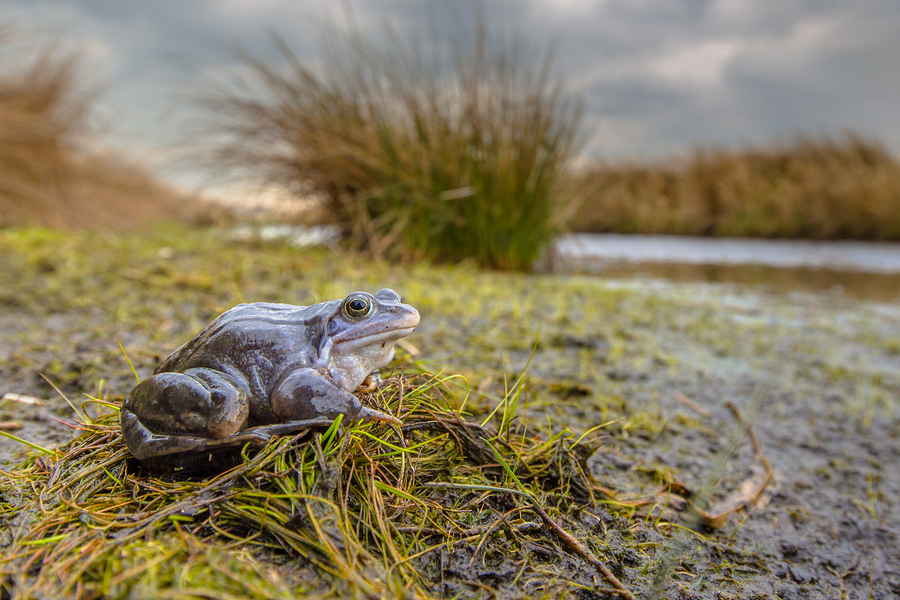As a civil engineer with my own small consultancy, I’m often at networking events or business fairs with people outside my industry. I’ll introduce myself and the conversation will often follow a similar path to this:
“What do you do?”
“I’m a civil engineer” I reply.
“Oh. {{{BLANK EXPRESSION!}}} So… what do you actually do?!?”
Working in an industry, it is easy to assume that everyone knows what you do. If someone tells me they are a solicitor, accountant or web developer, I reckon I have a fairly good (if simplistic) idea of what their job entails, but it always amazes me that doesn’t follow through to civil engineering. So I want to explain what civil engineering is and what we as civil engineers do. Apologies to those readers in the industry who already know what they do, you won’t have to read on!
History of Civil Engineering

Civil engineering has been around as long as humankind itself, since we started constructing shelters instead of living as nomads. Think about the great structures from ancient civilisations. In medieval times, most construction of notable buildings was done by craftsmen such as masons and carpenters. The grand design work was done by architects, although this would have encompassed much of what we understand civil engineers to do today. Indeed, until relatively modern times, there was little distinction between civil engineers and architects.
In the 18th century, the term civil engineering was born, differentiating engineering works for the civilian population from military engineering. John Smeaton, who designed the Eddystone Lighthouse among many other things, is generally credited as the first to call himself a civil engineer. In 1771, he formed the Smeatonian Society of Civil Engineers. Over the next few decades, this evolved into the Institution of Civil Engineers which was formed in 1818 with Thomas Telford as its first President.
The Institution received its Royal Charter in 1828, which finally established the first definition of civil engineering. The Charter stated that “civil engineering is the application of physical and scientific principles, and its history is intricately linked to advances in understanding of physics and mathematics throughout history. …Civil engineering is a wide ranging profession, …its history is linked to knowledge of structures, material science, geography, geology, soil, hydrology, environment, mechanics and other fields.” Finally civil engineers had a public definition of what it was that they did.
The late 18th and 19th centuries spawned many of the figures we recognise today as iconic civil engineers. Smeaton & Telford, Isambard Kingdom Brunel, George Stephenson, Robert Stephenson, Joseph Bazalgette, Benjamin Wright, among many others.

But ask someone to name a modern civil engineer and you will probably meet a blank expression. This is largely because major projects are now delivered by large teams, so we don’t have the great iconic figures we once had. Sir John Armitt is arguably the most famous civil engineer of today, having led the team that delivered the London 2012 Olympic Games infrastructure.
Civil Engineering Today
Today, we can say that civil engineering deals with the design, construction and maintenance of the built and natural environment. It includes roads, bridges, canals, dams, buildings, harbours, railways and airports. It also includes producing, treating and distributing all the modern utilities that we take for granted such as water, electricity, gas, broadband and sewage.

With such a wide-reaching remit, today’s civil engineer tends to be a specialist, not the Jack (or rather Master) of All Trades we saw with the likes of Brunel. Although having a good general grounding in many of the areas mentioned above, he or she will tend to specialise in a few select areas.
“So What Do You Do?”
I have more than 20 years’ experience as a civil engineer, but that is not to say I know it all, I certainly don’t. Ask me to design a bridge or a multi-storey car park and I wouldn’t know where to begin, although I have a reasonably good idea about how they work and what would be involved. My specialisms are in water and environmental engineering. Those who know me will know that I design, amongst other things:
- sewers and pipe networks;
- sewage treatment plant;
- roads and site layouts;
- drainage and flooding solutions;
- sustainable drainage systems;
- erosion protection systems.

But even these seemingly simple titles are catch-all terms that include a whole range of other things. To take an example from above: sewer network. It’s just two words – sounds pretty simple, doesn’t it? But a sewer network can contain a whole host of different elements: pipes, manholes, control structures to hold back flows, storage tanks to contain those flows, overflow structures to relieve the system & prevent flooding, pumping stations to make water flow uphill, river outfalls, the list goes on. Drill into each of those other simple terms above and you will find they too are far more involved than they first seem.
Perhaps it is the fact that civil engineering covers such a huge remit that we should not be surprised that the general public don’t know what we do. Perhaps that is why I find “what do you do?” to be such a difficult question to answer when talking to non-engineers. However, hopefully these few words have gone some way to spreading the word.
SP Civil Design’s specialism is water and environmental civil engineering, with a focus on sustainability. If you would like to discuss a potential project with us, or have any comments or questions about this article, then please get in touch via our Contact section or email steve@spcivildesign.co.uk.








